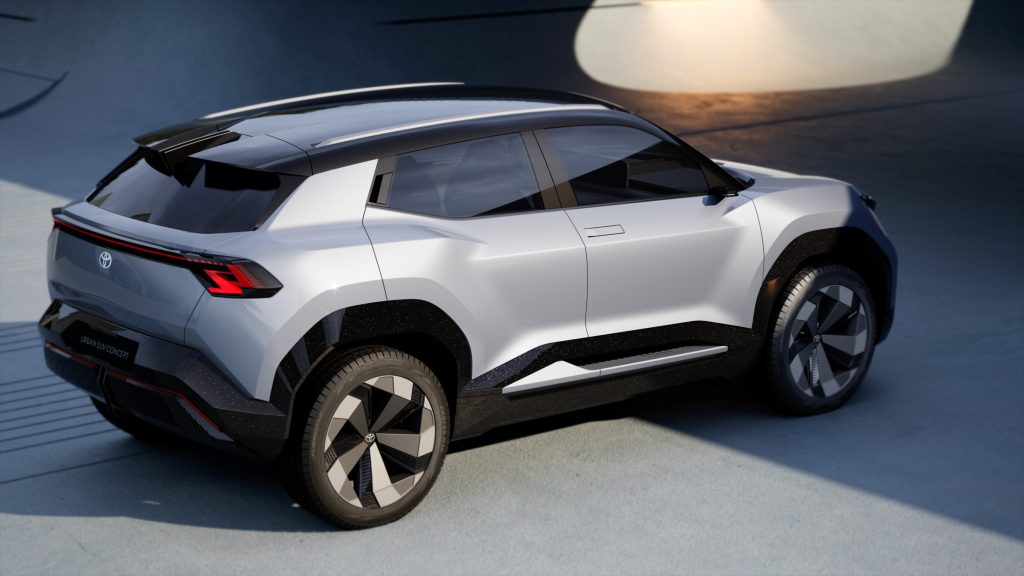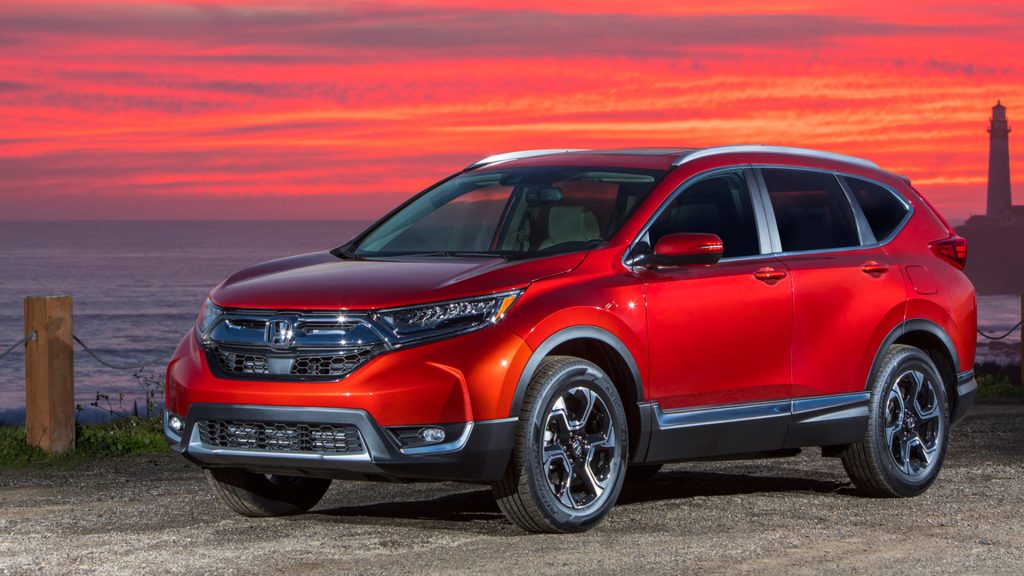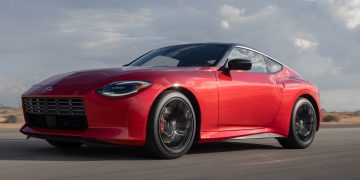Retrospect: The Off-Roader’s Metamorphosis in the Late 80s and Early 90s
In previous discussions, we traced the evolution of the iconic off-road vehicle through the late eighties and early nineties. These vehicles underwent a transformation from short to long wheelbases, from soft to hard tops, and from utility to leisure. It was during this era that a radical shift emerged, ushering in the urban SUV.
Leisure Reigns Supreme: Off-Road Vehicles of the Early Nineties
The early nineties off-road scene was dominated by the ethos of fun. Mitsubishi’s 1993 Lynx Concept and Pajero Field Guard Concept epitomized the pinnacle of this playful era. Even by today’s standards, these concept vehicles remain a testament to the audacious dreams of that leisure-oriented era. However, as all things tend to gravitate from one extreme to the other, a counter-movement began to materialize.
With the bursting of Japan’s economic bubble, younger consumers post-indulgence turned pragmatic, shifting away from the once-coveted, yet neither comfortable nor economical, off-roaders. Case in point: Mitsubishi’s aforementioned concept vehicles. When cars transition from playthings to tools, the demand for amphibious all-terrain vehicles dwindles.
Responding to Change: The Advent of the Urban SUV
Amidst this changing landscape, Japanese automakers paved the way for the next genre of fun vehicles: the urban SUV. Born from the leisure category, yet upgraded for utility, urban SUVs initially served those still craving post-indulgence satisfaction in the 1990s.
In 1989, Toyota unveiled the RAV Four concept, which, like its leisure-oriented predecessors, emphasized off-road capabilities. However, as Japan’s economy shifted, the production RAV Four underwent a repositioning. By 1994, the first-generation Toyota RAV4 was launched with a fresh face. Despite its transformation, the first-gen RAV4 retained elements from its leisurely ancestors – from the three-door, short-wheelbase, convertible body style to the external spare tire.

Evolution of Core Design: The First-generation Toyota RAV4
However, the core architecture took a revolutionary step back. The RAV4 moved away from the traditional rear-wheel-drive, body-on-frame configurations to a front-wheel-drive, transverse engine layout built upon a unibody platform shared with contemporaneous sedans like the Corolla.
Despite trimming off-road features, the RAV4 improved in handling, economy, and comfort. Its all-wheel-drive system, tailored for less demanding terrains, still offered respectable performance for most drivers’ needs.
Honda Follows Suit: The Introduction of the CR-V
Following Toyota’s template, Honda introduced the first-gen CR-V in 1995. Although also based on a sedan platform, Honda’s pursuit of practicality outshined that of the RAV4, offering only a long-wheelbase, hardtop variant.

The SUV Diversification: The Marketplace in the Late 90s and Early 2000s
The end of the nineties and the dawn of a new century marked the rapid diversification of off-road vehicles into more versatile, less rugged forms, affectionately termed SUVs—or urban SUVs.
During this period, the urban SUV became a market darling, with Japanese brands leading a crowded field: Mitsubishi with its Outlander, Nissan with its X-Trail, Subaru with the Forester, and Suzuki with the third-generation Grand Vitara. Noteworthy is the Grand Vitara, a nod to SUV fun, retaining the longitudinal engine and rear-wheel drive, albeit with a unibody design bolstered by an integrated frame—a vestige of playful SUV architecture in the new millennium.
Urban SUVs: The New Mainstream
As urban SUVs shaped consumer preferences, they replaced traditional off-roaders as the new mainstream within the off-road category. Their heightened urban utility and practicality allowed them to carve a niche in the typical family car market, leading to a surge in popularity throughout the first decade of the twenty-first century.
Meanwhile, classic off-roaders transitioned toward a niche market, moving from mass appeal to a specialized or tool-like presence.


































Discussion about this post